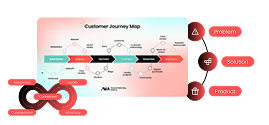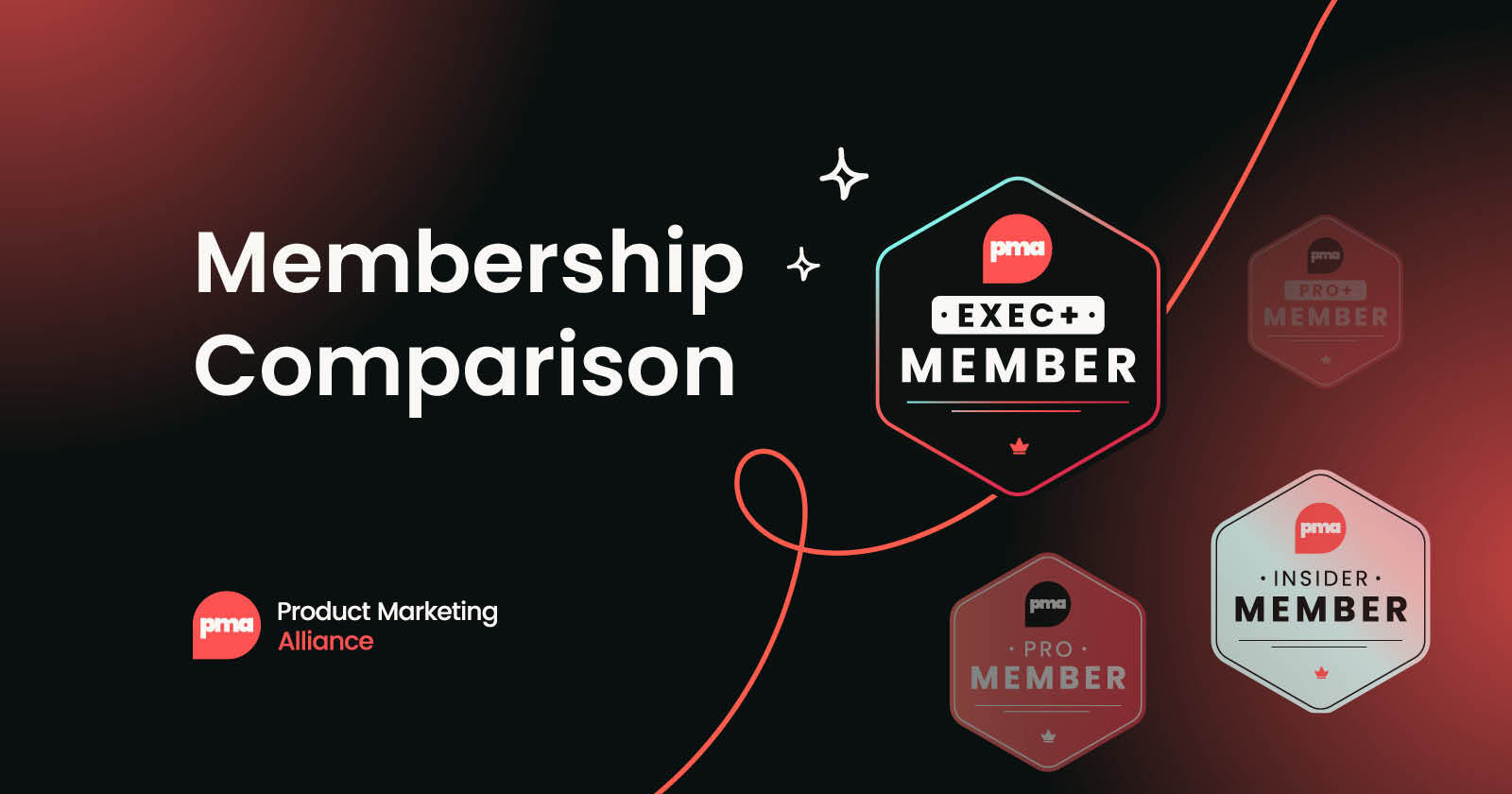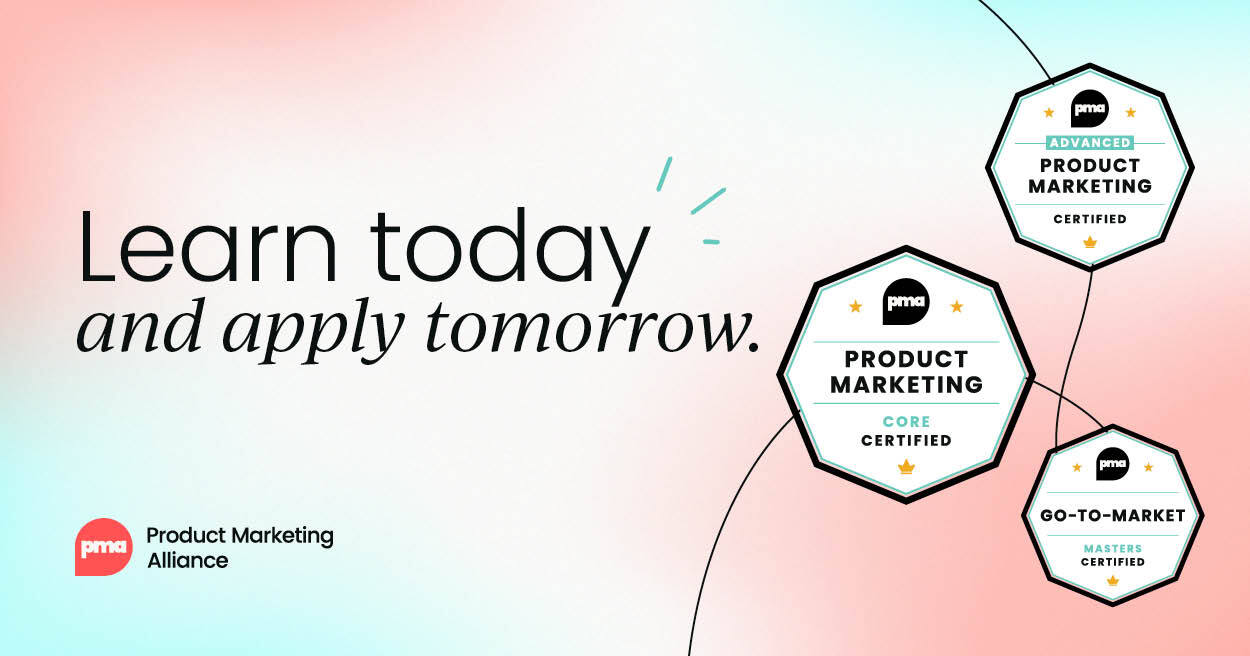This article is based on Haya Barlas’s brilliant talk at the London Product Marketing Summit. PMA members can enjoy the complete recording here.
As product marketers, we often struggle to gain strategic influence within our organizations. With only 66.3% of us feeling supported by leadership, it's clear that many lack the backing needed to make a real impact. So, how can we change this narrative and secure a seat at the table?
In this article, I'll share my experiences and insights from my role as Head of Product Marketing at JustGiving. You'll learn how to leverage an insights-led approach, build a market intelligence program, and use key plays to drive strategic decisions. By the end, you'll have the tools to elevate your role and influence your organization's strategy.
Let's get started!
The insight-led approach: Our secret superpower
When we launched cryptocurrency donations at JustGiving, we were entering uncharted territory for the fundraising sector. We did an initial feedback survey and found that 60% of charities weren’t interested in crypto donations. We were like, “Hang on, did we mess something up here?”
After some further digging, we uncovered that it was a problem with our positioning. Charities misunderstood the functionality and the fact that they’d need to overhaul internal policies. And, of course, there was also a lot of bad PR surrounding crypto.
So, we flipped our positioning on its head and focused our launch on debunking these misunderstandings. As a result, we went from 60% of charities saying they didn’t want to accept crypto donations to almost 100% opting in.
Now, did senior leadership see all the work behind the scenes? Of course not. They only saw the final positioning, the launch campaign, and the output.
Reflecting on this, I realized a great lesson: what if, as product marketers, we could shine a light on the analysis and insights gathering that happens behind the scenes? This is something we do daily, and those insights can significantly influence a company’s strategic decision-making.
That’s really the core takeaway here. Taking an insight-led approach is our secret superpower as product marketers.
Data vs. insights
You might have noticed that the terms data and insights (or data-led and insights-led) are often used interchangeably. As product marketers, we can play a key role in differentiating these terms within our organizations – and championing an insights-led approach, both within our teams and across the company as a whole. So, what’s the difference?
Data is simply a collection of facts. Analytics involves organizing and examining that data.
But insights? They take us a step further. Here’s how the good folks at Qlik describe insights:
“Discovering patterns in data or a relationship between variables you didn’t know existed. This can have a thrilling ‘aha moment’ aspect to it.”
Honestly, there’s a real thrill to discovering a trend you didn’t see before – it’s addictive! It’s also a real motivator for taking an insights-led approach.
Data-led vs. insights-led
Data-led and insights-led approaches both have their place. For example, we need to take a data-led approach when we’re looking at our sales funnel and tracking metrics like sales funnels or campaign ROI.
But an insights-led approach? That’s where the magic happens. It’s about transforming raw data into actionable insights by uncovering relationships between variables and shaping future strategy.
Imagine this: your team notices a 5% year-on-year decline in active customers. It’s concerning but not immediately actionable.
By digging deeper, you might find that this decline is driven by a less tech-savvy customer segment. That’s your aha moment! With this insight, you could create a tailored customer success program, combining both quantitative and qualitative data to guide your next steps.
Insights add depth to data, making it possible to take meaningful action. However, it does require time and effort, especially when data is siloed across teams. By bringing together data from sales, customer success, user research, and other customer-facing teams, you can gain a comprehensive understanding of your business and market, setting you up for more effective decision-making.
The key ingredients of insights
For insights to be truly impactful, they should be:
- Actionable: Insights should lead to concrete actions that drive change.
- Relevant: Effective insights align with your business objectives, like revenue and retention goals.
- A new perspective: Insights should offer fresh perspectives or validate assumptions about your business.
To ensure your insights support the company’s overall objectives, it’s worth doing a quick sense-check to ensure they help you do one of these four things:
- Uncover new markets, products, or services to boost revenue streams
- Deepen customer understanding to increase feature adoption and lifetime value
- Optimize processes to improve performance
- Balance risk vs. reward to reduce loss
By focusing on these categories of insight, you’ll align your product marketing efforts with the broader business strategy.
Building an insight-led framework
An insight-led framework is invaluable for avoiding "shiny object" syndrome during annual planning. While it’s tempting to chase after exciting new features or campaigns, focusing on actionable, data-backed insights keeps us grounded and aligned with what truly drives business success.
To establish this framework, you’ll need to start with a market intelligence program. This program centralizes data and insights across the business, serving as an always-on process that consistently uncovers insights to inform strategic decisions.
Next, you’ll want to use a key plays handbook to share the insights you’ve uncovered. This handbook allows you to present your insights effectively during the annual planning cycle, guiding your company’s strategic direction.
So, let me show you how to build these two vital tools.


















 Follow us on LinkedIn
Follow us on LinkedIn



.svg?v=85af970283)